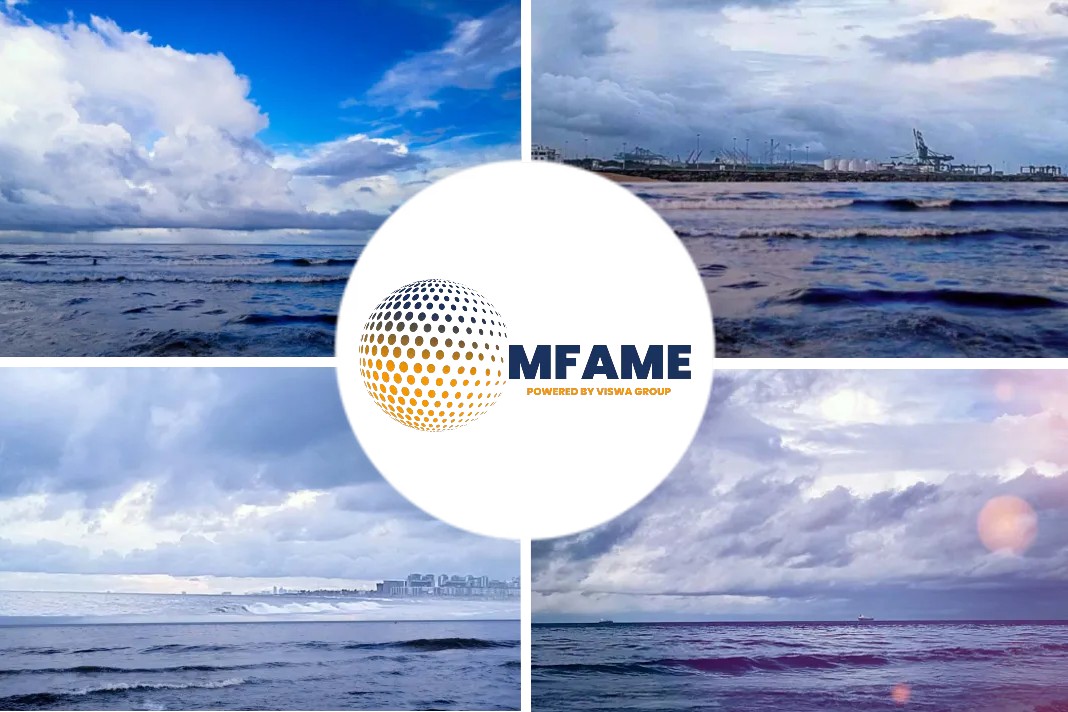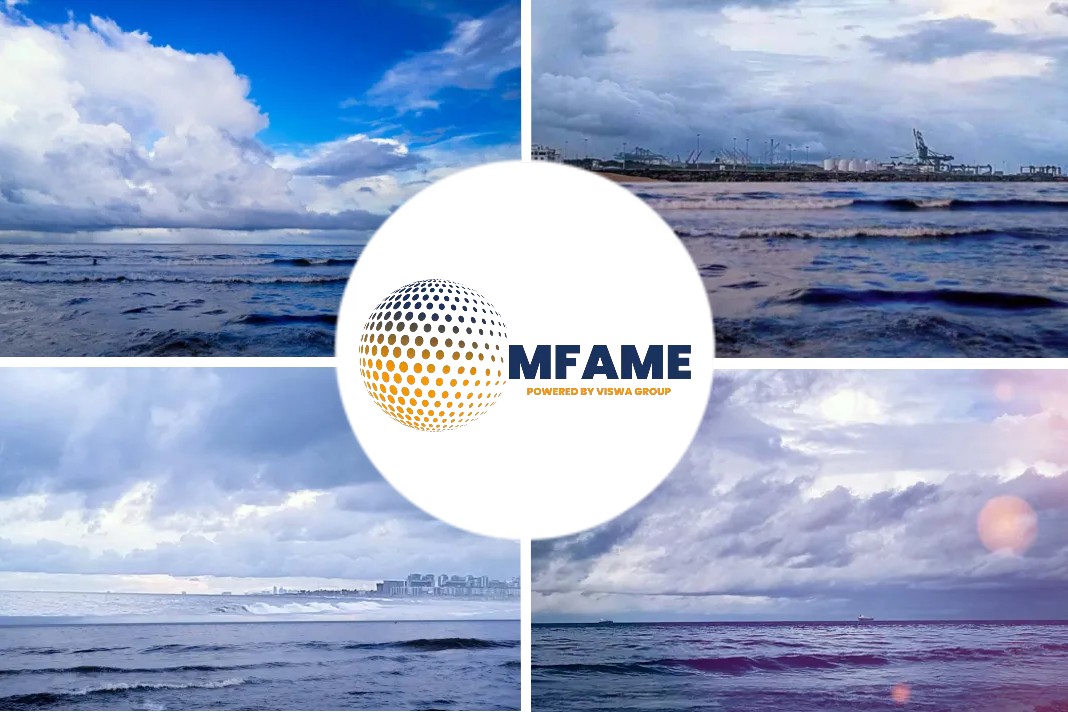A surge in the cost of hiring oil tankers last month may already seem like a distant memory, but the rally was enough to convince analysts monitoring the industry’s fortunes that a couple of boom years are on the way, reports Bloomberg.
Freight rates spike
Daily earnings for very large crude carriers, the market’s biggest vessels, will jump to $51,000 next year, according to a survey of 11 analysts by Bloomberg this month. Their estimates are also up by 20% from what they were anticipating as recently as August.
Freight costs soared to a record in October on a combination of tensions in the Persian Gulf, sanctions on a giant Chinese shipowner, and vessels being removed from service in preparation for environmental legislation starting in January.
While rates quickly slumped again, they remain high by industry standards. And the scale of the rally was enough to shift how analysts perceive the market.
A meaningful surge
“The recent surge in rates demonstrated how tight the vessel supply is,” said Randy Giveans, an analyst at Jefferies LLC in Houston.
He added, “The sector’s underlying, structural improvement will drive lasting rate strength year on year into 2020, with 2021 looking attractive as well.”
Key to the market’s strength in the coming years is fleet growth — or rather a lack of it, according to Giveans.
Dip in fleet extension
A total of 31 very large crude carriers, or VLCCs, were demolished last year, the most since 2002, according to Clarkson Research Services Ltd., a unit of the world’s biggest shipbroker. It’s estimating fleet expansion of 3.2% in 2020 down from 6.1% in 2019.
Beyond next year, a lack of orders for new vessels has also made several analysts more hopeful about rates, since it takes the best part of two years from ordering a ship to it being built.
As recently as July, rates measured in industry standard Worldscale terms stood at about 40 points for the market’s benchmark trade route to China from Saudi Arabia, according to the Baltic Exchange in London. They surged to a record of more than 300 points by October.
Rush for cargo
The surge got underway in late September after U.S. sanctions were imposed on units of China COSCO Shipping Corp., operator of one of the world’s largest tanker fleets, which took some of its ships off the market.
There was also a rush for cargoes as traders fretted over crude supplies in the wake of attacks on vital Saudi Arabian infrastructure. Then, on Oct. 11, Iran said that missiles hit one of its ships in the Red Sea, further raising regional tensions.
“It would impact your thinking” to see such a sharp rally, said Lars Ostereng at Arctic Securities ASA in Oslo.
Since some analysts are working on the assumption next year will be stronger than this year, the October rates surge may have influenced their thinking for 2020 as well, he said.
IMO 2020
Part of the analysts’ bullishness also comes from environmental legislation that starts in January to limit shipping’s emissions of sulfur oxide, a pollutant blamed for aggravating human health conditions and causing acid rain.
Refineries will have to increase the amount of crude they process sharply in order to produce compliant fuel globally, something that would be very bullish for tanker demand if it materializes, said Espen Fjermestad, an analyst at Fearnley Securities AS in Oslo.
“The 2020 tanker story is already a robust one with increasing U.S. exports, higher refinery runs and decreasing vessel deliveries,” he said. “But the IMO fuel rule is taking it further to a new dimension.”
From Jan. 1, ships that haven’t installed an exhaust-cleaning system, or scrubber, will have to start consuming fuel with no more than 0.5% of sulfur. That’s down from a ceiling of 3.5% in most parts of the world today.
Bullish scenario perplexing
On some levels, the bullishness for next year is surprising since some of the drivers of the freight spike appeared short-lived.
Companies that do business with the sanctioned Chinese owner were granted a wind-down period for their transactions, taking a degree of pressure off the freight market. At least some of the firm’s ships also started getting chartered again.
The disruption in Saudi Arabia also proved less severe than early estimates, lessening a clamor for alternative barrels.
Healthy Demand for VLCC
Nevertheless, the market’s showing signs of strength. Demand for VLCCs will grow next year by 5.7%, one of the strongest expansions in years, according to Clarkson.
Flows should keep expanding from the U.S., which the International Energy Agency anticipates driving 85% of increases in production through the end of the next decade.
Healthy demand for oil will encourage flows across the Atlantic with greater exports also coming from the U.S., Brazil, and Norway, according to Ostereng at Arctic Securities.
“The Atlantic basin will be the incremental exporter of crude, whereas Asia will be the main importer,” he said.
“If you map that up you’ll end up with a situation where every barrel will need to travel some distance and that should be good for tanker demand,” he added.
Did you subscribe to our daily newsletter?
It’s Free! Click here to Subscribe!
Source: Bloomberg

















